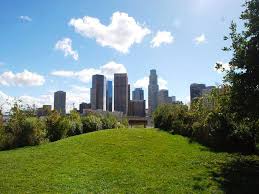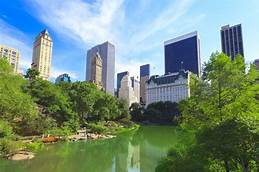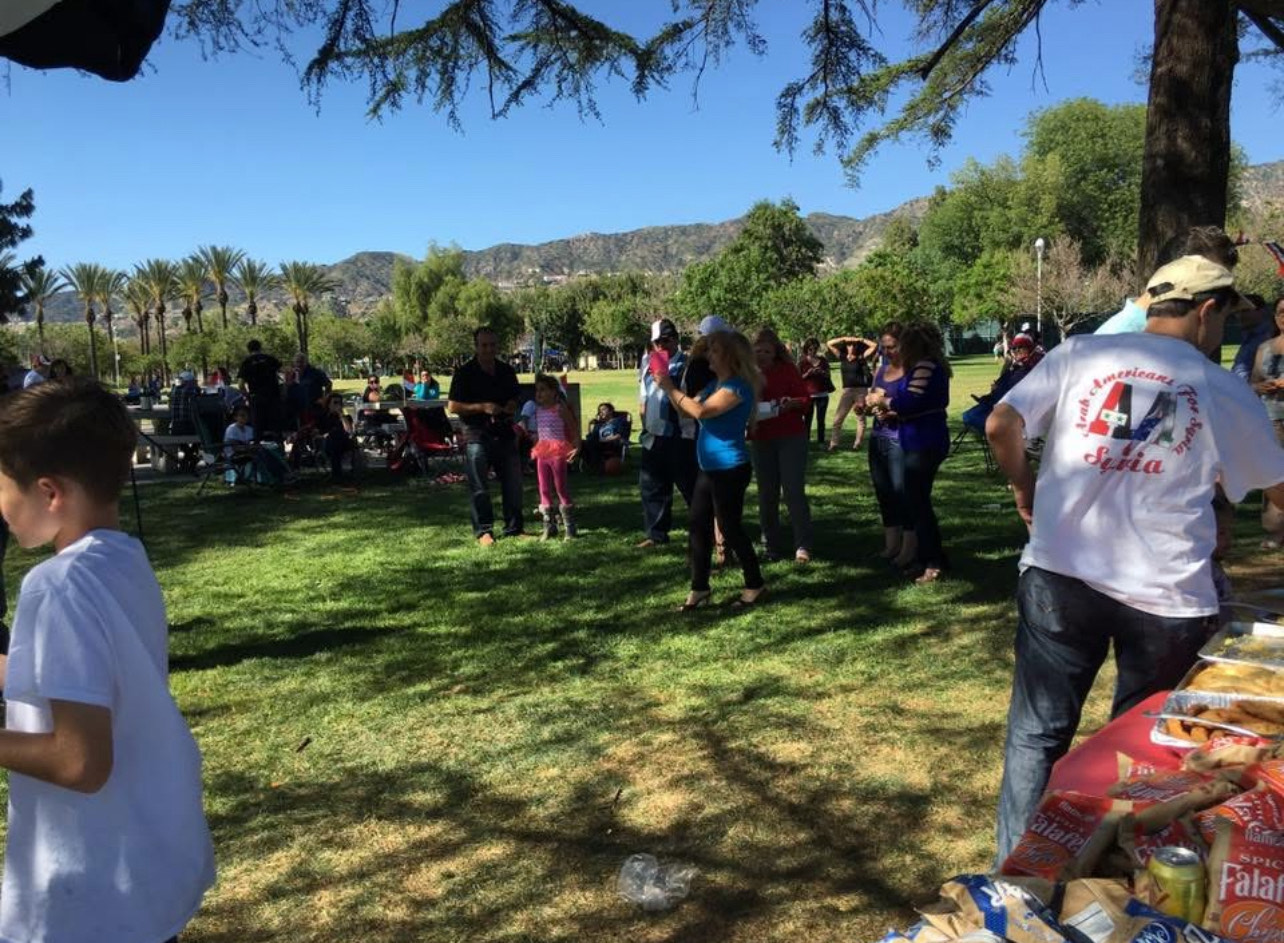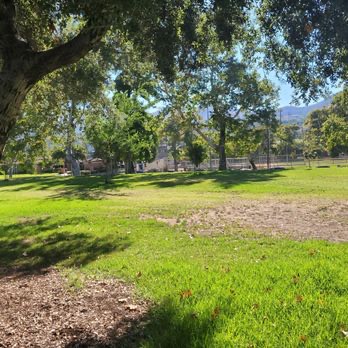Where We Go to Heal: Ranking the Top 100 Cities on Urban Parks
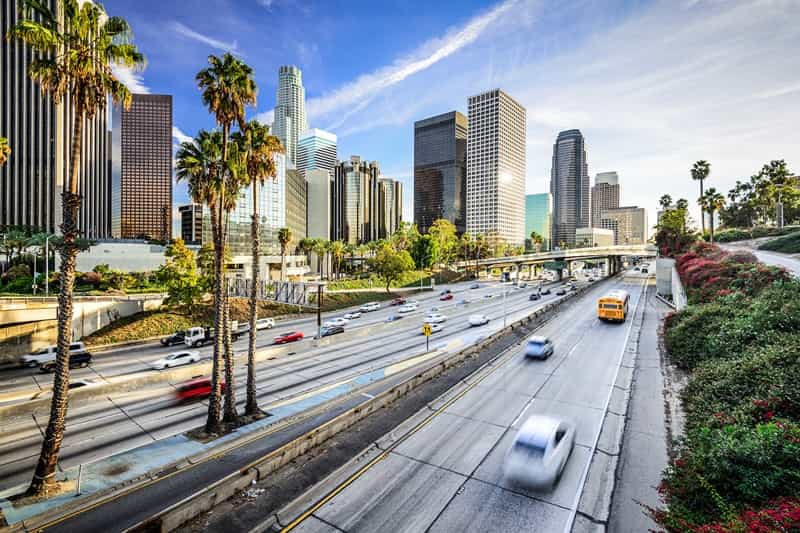
May 29, 2025
Fatmeh Bakhit | Al Enteshar Newspaper
In an era defined by rising urban density, mental health challenges, and climate instability, one institution remains quietly indispensable: the city park.
Often overlooked, urban parks are not just patches of green in the midst of concrete. They are essential infrastructure—places where people gather, recover, exercise, socialize, and simply breathe. They are where children play, neighbors meet, ecosystems thrive, and communities come together.
Studies have long shown that access to green space reduces stress, improves physical health, and fosters social connection. As cities become more crowded and more divided, the need for open, accessible parks has never been more urgent.
Introducing the 2025 Top 100 Cities for Urban Parks
This year’s Top 100 Cities for Urban Parks ranking highlights where progress is being made—and where it’s still needed. The evaluation considered five key metrics:
- Accessibility: What percentage of residents live within a 10-minute walk of a park?
- Equity: Are park resources distributed fairly across neighborhoods of different demographics and income levels?
- Investment: How much public funding is committed to maintaining and expanding park space?
- Amenities: Are parks equipped with trails, playgrounds, athletic fields, and natural areas?
- Environmental Impact: How well do parks support biodiversity and urban climate resilience?
Cities like Minneapolis, Washington, D.C., San Francisco, St. Paul, and Irvine consistently lead the rankings. But newer contenders are making strides by thinking creatively—adding green roofs, repurposing vacant lots, and unlocking schoolyards for weekend use.
Urban parks are no longer optional amenities. They are core to public health, climate adaptation, and community identity.
A National Consensus on the Power of Parks
At a virtual summit hosted by American Community Media on May 23, 2025, a group of national experts, researchers, and city officials gathered to discuss the state of urban parks across the country.
Will Klein, Director of Park Research at The Trust for Public Land (TPL), opened the meeting with data from TPL’s 2025 report—including its first-ever national survey of 4,000 park users across major cities, designed to reflect both political and demographic diversity.
“Our data shows that parks remain one of the least polarized public spaces in America,” Klein said. “Whether you voted for Biden or Trump, you likely use your local park—and value what it offers.”
According to the survey:
- 66% of voters who supported Vice President Harris and 67% of Trump voters reported striking up a conversation with a stranger in a park.
- Over half said they had meaningful interactions with someone from a different socioeconomic background.
- Nearly 80% said they had at least one park in their area where they felt safe, comfortable, and welcome.
Perhaps most telling: the No. 1 place Americans said they wished they had spent more time in last year wasn’t a restaurant, a concert, or even a friend’s house—it was “anywhere outdoors.”
Since TPL began its ParkScore® index in 2012, the percentage of urban residents living within a 10-minute walk to a park has risen from 68% to 76% nationwide. According to Klein, one major factor has been a quiet but effective trend: opening school grounds for public use during evenings and weekends.
“Seventy-five of the 100 largest U.S. cities now allow joint use of public school playgrounds,” Klein noted. “That single shift has given millions of people access to green space they never had before.”
Atlanta’s Schoolyard Strategy
Justin Cutler, Commissioner of Parks and Recreation for the City of Atlanta, shared how the city embraced joint-use agreements to expand park access.
“In the last 18 months, we partnered with Atlanta Public Schools and local transit and community groups to launch the Atlanta School Grounds Project,” Cutler explained. “Now every public school playground and field is open to city residents after hours.”
The results were immediate:
- The percentage of residents living within a 10-minute walk to a park increased from 79% to 82%.
- The city’s ParkScore ranking jumped from 25th to 21st—up from 51st in 2016.
- Atlanta Public Schools saved over $500,000 in potential user fees.
“This might seem like a small leap,” Cutler said, “but the playgrounds we added are real, tangible spaces. They’ve become trusted places for families.”
To sustain the progress, Atlanta relies on local philanthropy: one in every five parks dollars comes from nonprofits. Still, challenges remain—especially around concerns about vandalism.
“Yes, a couple of playgrounds have been damaged,” Cutler admitted. “But closing parks doesn’t stop vandalism. It just makes our communities feel less connected. The more we activate these spaces, the more people take ownership of them.”
Parks as Lifelines, Not Extras
Yvette Lopez-Ledesma, a fellow at Community Partners and member of Los Angeles’s Parks Needs Assessment Steering Committee, put it plainly:
“A park isn’t just a place to play—it’s a lifeline.”
“When a park exists in your neighborhood, it can be a site for food bank distributions, free childcare, or disaster relief,” she said. “I’ve seen FEMA hand out emergency supplies in a public park during wildfire season.”
Lopez-Ledesma emphasized that investing in parks is about far more than greenery. “It’s about quality of life. It’s about who gets to feel human in their own neighborhood.”
Los Angeles: A City of Park Inequity
Guillermo Rodriguez, California State Director of TPL, pointed to Los Angeles as both a warning and an opportunity.
“Los Angeles hasn’t updated its parks master plan since 1973,” he said. “We were ahead of the curve on parks investment ten years ago—but now, we’re falling behind.”
Key concerns:
- Low-income communities have 73% less park space than high-income ones.
- Neighborhoods of color have 66% less access to parks than predominantly white areas.
- Investment has stayed flat while population density, housing pressure, and climate vulnerability have increased.
But there is hope. The city recently launched a new Parks Needs Assessment (PNA) initiative—collecting citywide data on everything from tree cover and heat islands to pollution burden and walkability. The draft will be released in September.
For Rodriguez, two projects stand out:
- Opening the Los Angeles River as a full-scale public recreation corridor.
- Unlocking schoolyards through a city–school district joint use agreement, similar to Atlanta’s model.
“The LA Unified School District is the second-largest in the country,” Rodriguez said. “If we can open even half of those schoolyards, it would transform how people access green space in this city.”
A Call to Action
From Burbank to Atlanta to D.C., one thing is clear: parks are not extra. They are where public life plays out. Where conversations happen between people who may never meet anywhere else. Where the health of a city is visible—in its trees, its fields, its benches, and its people.
Wherever you live, walk through your local park. Look around. Ask yourself: Who’s here? Who’s missing? And what could this space become?
Because the future of more just, healthy, and connected cities starts exactly where we go to recover—in our parks.
